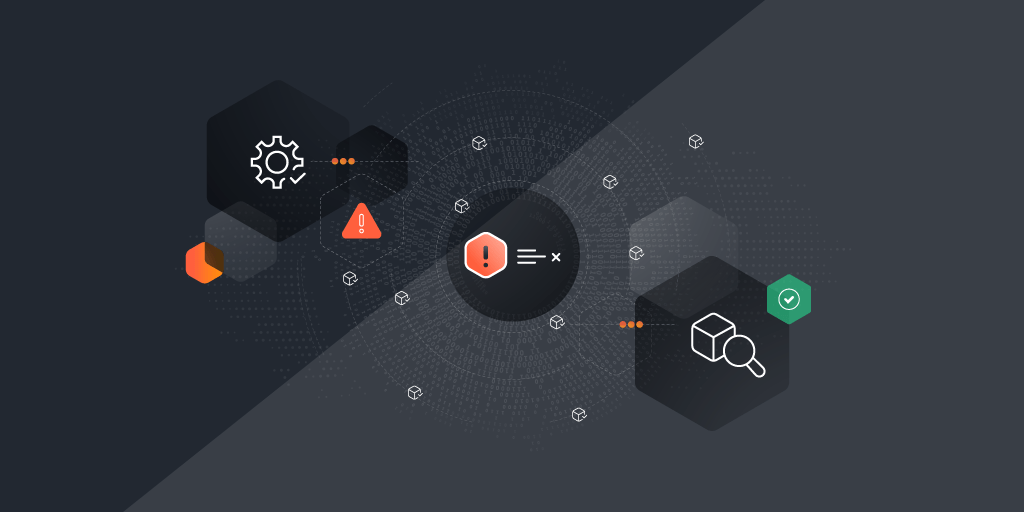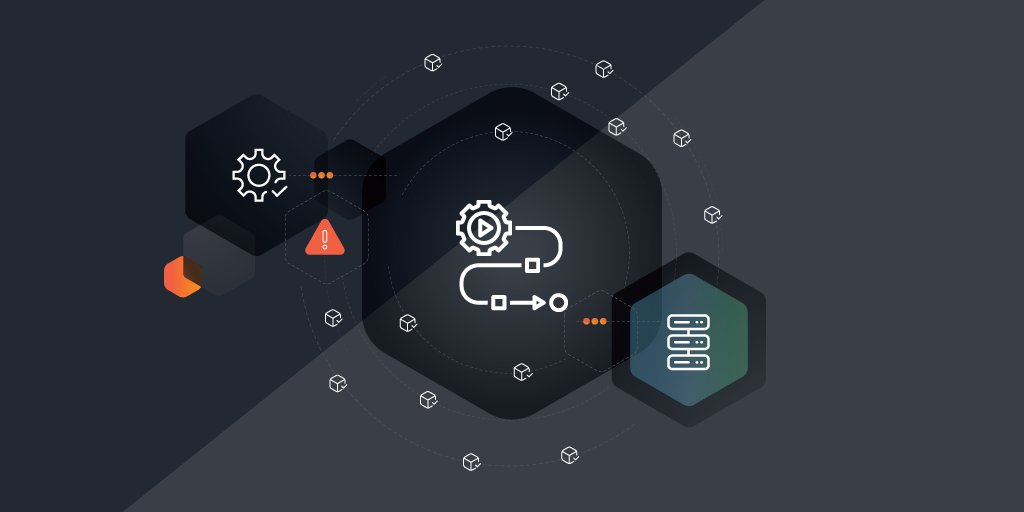
With cybersecurity incidents on the rise, threat detection and response (TDR) is a more than ever critical aspect of cybersecurity for organizations across sectors. TDR enables early identification and mitigation of a threat in cybersecurity, helping to protect sensitive data and maintain business continuity.
This blog post will explore the challenges of enhancing TDR, the benefits of integrating threat intelligence, and how IT asset management can play a pivotal role in identifying potential threats.
What Is Threat Detection and Response?
Threat detection and response (TDR) involves identifying and managing cybersecurity threats as they occur. It helps you to continuously monitor for malicious activities such as malware, unauthorized access, or abnormal behavior.
Using tools such as Intrusion Detection Systems (IDS), Security Information and Event Management (SIEM) systems, machine learning, and Endpoint Detection and Response (EDR), businesses can catch these threats early, often before they escalate. Once a threat is detected, the focus shifts to responding effectively—by isolating the issue, removing the threat, and fixing vulnerabilities to prevent similar incidents in the future.
Why Is Threat Detection and Response Important for Businesses?
TDR is crucial for businesses because it safeguards sensitive data, reduces the fallout from cyberattacks, and helps ensure smooth operations. In today’s rapidly evolving threat landscape, having a strong TDR strategy allows companies to adapt quickly to new challenges, avoid expensive breaches, and maintain customer trust.
Additionally, TDR supports regulatory compliance, helping businesses steer clear of fines and legal hassles. Essentially, it’s a cornerstone of a proactive security stance, keeping companies resilient and ready to tackle cyber threats head-on.
Common Challenges Faced in Enhancing Threat Detection and Response
Enhancing cybersecurity threat detection and response (TDR) is challenging due to the overwhelming volume of alerts from various systems, leading to alert fatigue and the potential to overlook critical threats. Integration issues among disparate security tools can create information silos, complicating efforts to get a complete view of the threat landscape and respond effectively. What’s more, the constantly evolving nature of cyber threats demands continuous updates to detection strategies, which can strain resources.
Organizations also face significant skill gaps and resource constraints, making it difficult to build and maintain effective TDR teams. The shortage of skilled cybersecurity professionals and limited budgets hinder the adoption of advanced TDR technologies, and a high volume of false positives adds to the challenge.
As a result, security teams struggle to differentiate between normal activities and real threats, especially in complex network environments.
How Does ITAM Relate to Threat Detection and Response?
IT Asset Management (ITAM) and TDR are closely linked because effective asset management is essential for robust cybersecurity. Here’s why:
- ITAM provides visibility into all hardware, software, and network assets, allowing security teams to know exactly what needs protection.
- Complete visibility helps identify which assets are vulnerable, outdated, or misconfigured – common entry points for cyber threats.
- By maintaining an up-to-date inventory, ITAM ensures that all devices are properly monitored and prioritized, enhancing cybersecurity threat detection and response efforts.
- ITAM provides crucial information about affected assets, such as their location, owner, and criticality, helping TDR teams quickly assess the impact of threats, prioritize actions, and respond more effectively.
- Integration between ITAM and TDR systems can automate response processes, improving efficiency and reducing the time it takes to address security incidents.
What Are the Benefits of Threat Intelligence in Enhancing Threat Detection?
Threat intelligence enhances threat detection by providing insights into the latest cyber threats, vulnerabilities, and attacker behaviors. By aggregating data from multiple sources – known attack vectors and malicious IP addresses, for instance – it helps security teams identify threats more accurately and quickly.
With threat intelligence, teams can prioritize their responses based on the severity and relevance of the threat and reduce the chance of missing critical alerts or wasting time on false positives.
Threat intelligence also supports proactive defense by highlighting emerging threats and attack trends. With this information on-hand, organizations can take preventative measures to fix vulnerabilities, before they’re exploited. What’s more, with up-to-date information, teams can assess threats and take rapid action, make better decisions, and allocate resources more effectively.
How ITAM Helps to Identify Potential Threats
ITAM helps teams maintain a detailed inventory of all network-connected assets, as well as their configurations, versions, and patch levels. Teams can easily identify outdated or vulnerable assets and quickly spot anomalies, such as unauthorized devices or unapproved software. By regularly updating and auditing the asset inventory, they can keep security measures up to date and reduce the overall attack surface.
By combining inventory data with data from other sources such as network monitoring tools, endpoint security solutions and more, teams can have a holistic view of the threat landscape, and correlate various types of data for deeper insights into potential threats. For example, combining ITAM with real-time network activity can help identify when a known vulnerable asset is being targeted, triggering a rapid response. Check out Lansweeper’s available integrations.
Techniques for Collecting and Integrating Data for Improved Threat Intelligence
Improving threat intelligence requires robust techniques for data collection and integration. Organizations can use APIs, data lakes, network intruder detection systems, and security information and event management (SIEM) systems to aggregate data from various sources.
Advanced analytics, such as behavioral analysis, anomaly detection, and predictive modeling, can help security teams spot complex threats that traditional security measures might miss. Automation tools and scripts are useful for pulling data from IT asset databases, network logs, and external threat intelligence feeds on a regular basis and consolidating them into a unified platform.
AI can then be applied to analyze the data and identify patterns and signals that might indicate a threat. Once a threat is identified, teams can act rapidly by isolating affected systems, deploying patches, or adjusting their security protocols.
How Does Lansweeper Improve Threat Detection and Response?
Lansweeper enhances threat detection and response by providing a real-time inventory of all IT assets, including hardware, software, and network devices. It automatically identifies and tracks every asset, helping security teams spot vulnerabilities like outdated software or missing patches, and prioritize updates to close security gaps quickly.
Lansweeper also improves incident response by offering detailed asset information, such as configurations and installed software, allowing teams to assess the impact of threats rapidly. Its seamless integration with other security tools and threat intelligence platforms enables a more coordinated approach to threat detection and mitigation.
Learn more about Lansweeper for threat detection and response, or try it for free today.


